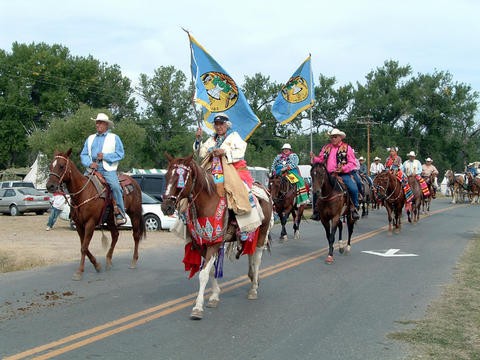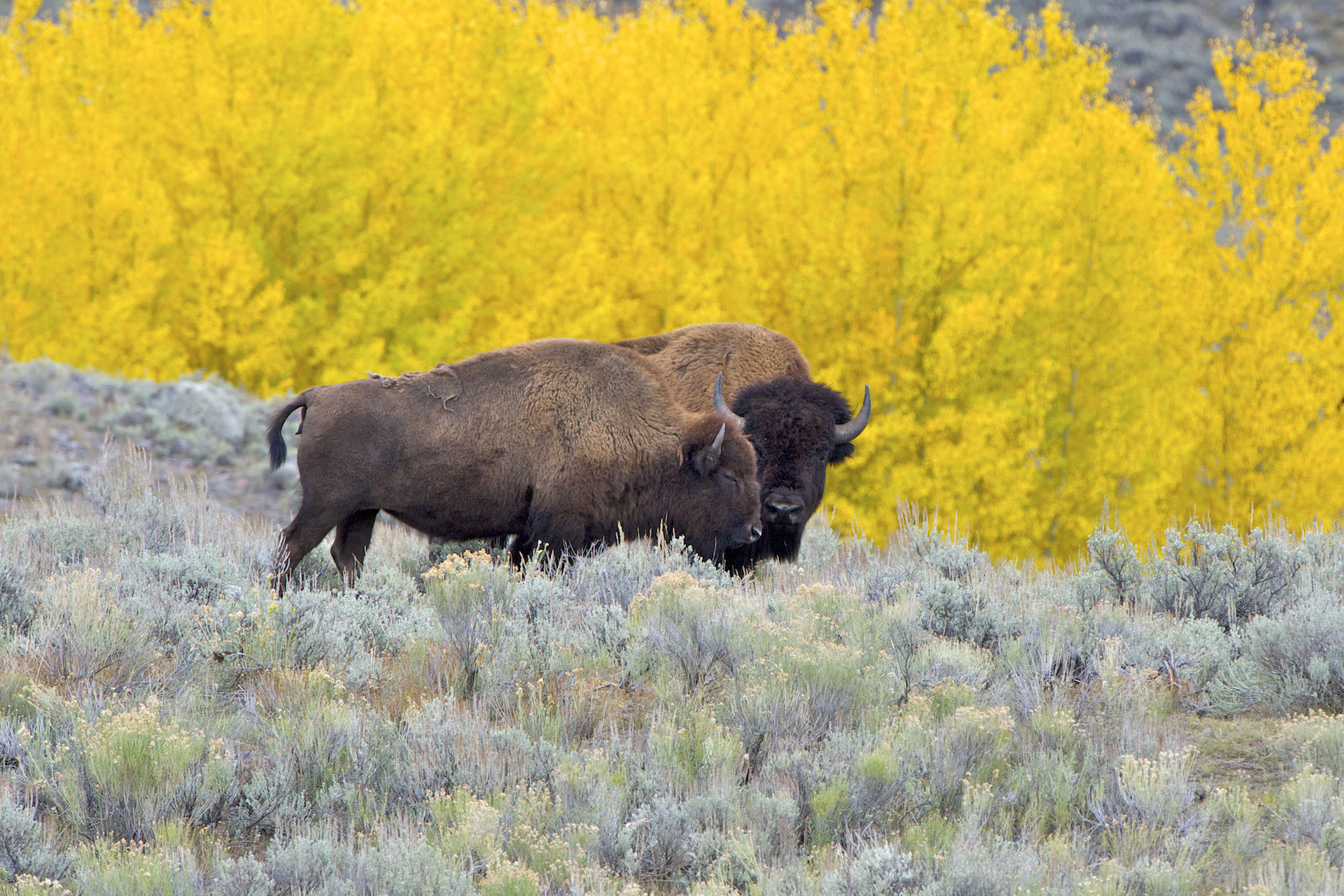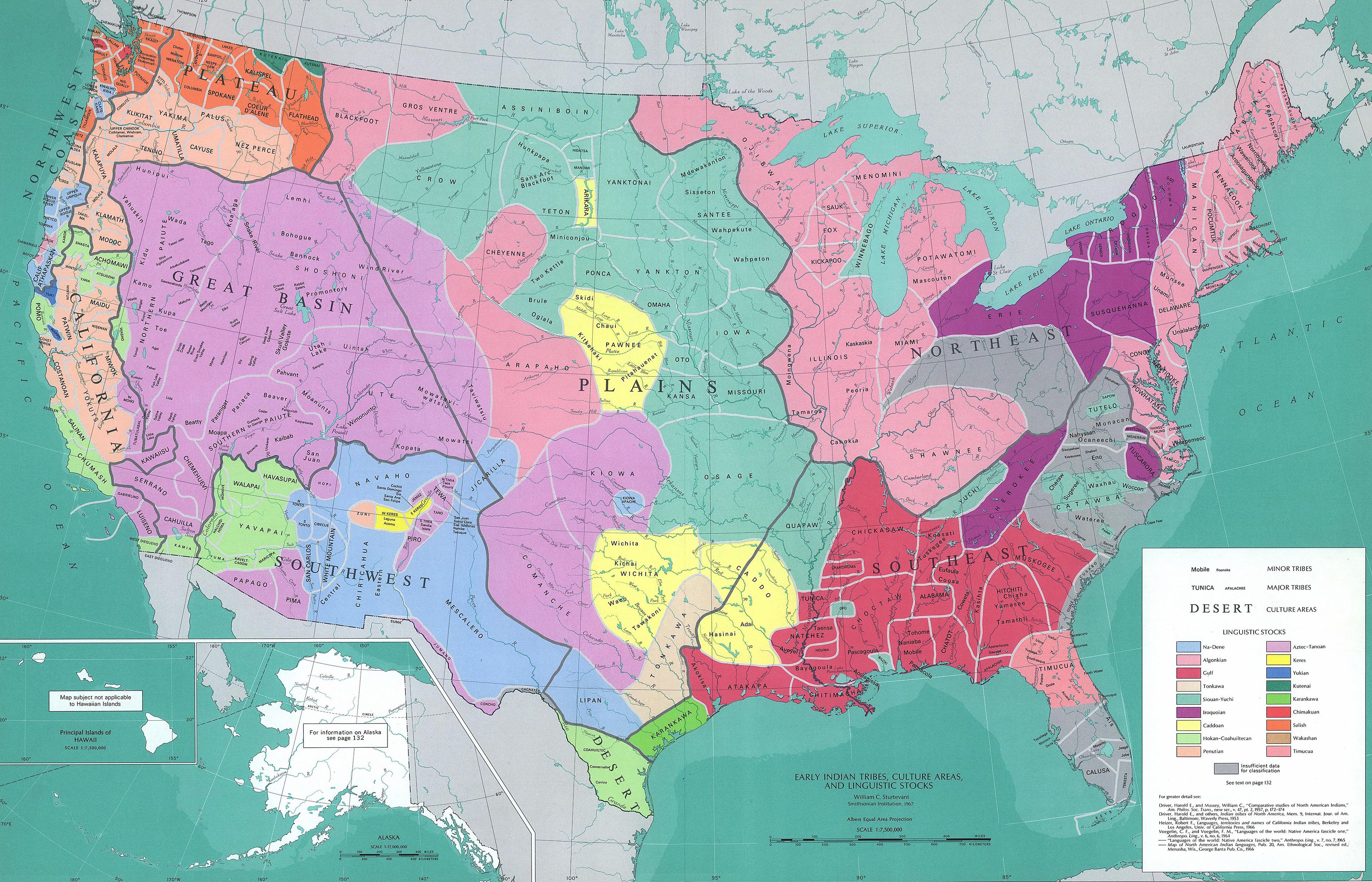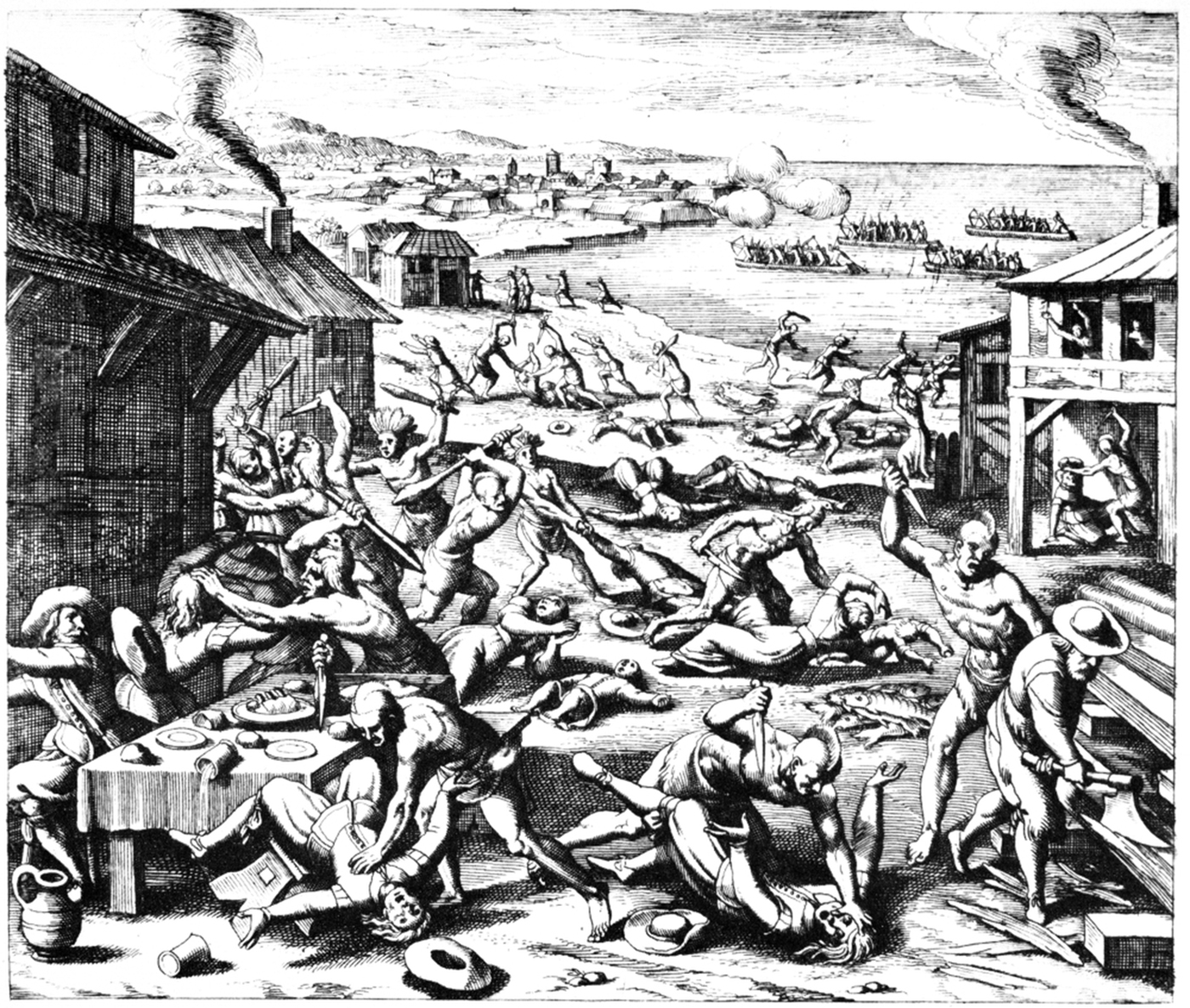|
Issaatxalúash
Two Leggings (Crow_language, Crow: Issaatxalúash) or Apitisée ("Big (Whooping) Crane") was a Crow people, Crow ''Akdúxxiilee'' (warrior), ''Íipche Akeé'' (war leader or pipe carrier) and ''Bacheeítche'' (local group leader) of the ''Binnéessiippeele'' (River Crow Band). Two Legging's exact birth date is unknown. It is assumed he was born between the years of 1846 and 1851. His death is recorded as April 23, 1923. The events of Two Legging's life were documented by William Wildschut, the author of ''Two Leggings: The Making of a Crow Warrior''. This biography has served as an important source of information about Plains Indian life, as it was, prior to the reservation era. Warrior legacy Two Leggings resided in the Crow Nation with the rank of Pipe Holder, equal to platoon lieutenant. Once the extermination of the American bison began, the competition among the Plains Indians was at its fiercest. War became a struggle of life and death in the many plains societies. War wa ... [...More Info...] [...Related Items...] OR: [Wikipedia] [Google] [Baidu] |
Crow People
The Crow, whose autonym is Apsáalooke (), are Native Americans living primarily in southern Montana. Today, the Crow people have a federally recognized tribe, the Crow Tribe of Montana, with an Indian reservation, the Crow Indian Reservation, located in the south-central part of the state. Crow Native Americans are a Plains tribe, who speak the Crow language, part of the Missouri River Valley branch of Siouan languages. Of the 14,000 enrolled tribal citizens, an estimated 3,000 spoke the Crow language in 2007. In historical times, the Crow lived in the Yellowstone River valley, which extends from present-day Wyoming, through Montana, and into North Dakota, where it joins the Missouri River. During the United States' expansion into the West, the Crow allied with the Americans against their neighbors and rivals, the Dakota, Lakota, and Cheyenne. Since the 19th century, Crow people have been concentrated on their reservation established south of Billings, Montana. Today, ... [...More Info...] [...Related Items...] OR: [Wikipedia] [Google] [Baidu] |
Crow Language
Crow (endonym, native name: or ) is a Missouri River Valley, Missouri Valley Siouan languages, Siouan language spoken primarily by the Crow Tribe in present-day southeastern Montana. The word translates to "Children of the Large Beaked Bird" (from ''apá'' 'beak/nose', ''isáa'' 'big', ''dooká'' 'child'), which was later incorrectly translated into English as 'Crow'. It is one of the larger populations of Indigenous languages of the Americas, American Indian languages with 4,160 speakers according to the 2015 US Census. Dialects Crow is closely related to Hidatsa language, Hidatsa spoken by the Hidatsa tribe of the Dakotas; the two languages are the only members of the Missouri Valley Siouan family.Silver and Miller 1997: 367.Graczyk, 2007: 2 Despite their similarities, Crow and Hidatsa are not mutually intelligible. Status According to Ethnologue with figures from 1998, 77% of Crow, Crow people over 66 years old speak the language; "some" parents and older adults, "few" hi ... [...More Info...] [...Related Items...] OR: [Wikipedia] [Google] [Baidu] |
Plains Indian
Plains Indians or Indigenous peoples of the Great Plains and Canadian Prairies are the Native American tribes and First Nations peoples who have historically lived on the Interior Plains (the Great Plains and Canadian Prairies) of North America. While hunting-farming cultures have lived on the Great Plains for centuries prior to European contact, the region is known for the horse cultures that flourished from the 17th century through the late 19th century. Their historic nomadism and armed resistance to domination by the government and military forces of Canada and the United States have made the Plains Indian culture groups an archetype in literature and art for Native Americans everywhere. The Plains tribes are usually divided into two broad classifications which overlap to some degree. The first group became a fully nomadic horse culture during the 18th and 19th centuries, following the vast herds of American bison, although some tribes occasionally engaged in agricul ... [...More Info...] [...Related Items...] OR: [Wikipedia] [Google] [Baidu] |
American Bison
The American bison (''Bison bison''; : ''bison''), commonly known as the American buffalo, or simply buffalo (not to be confused with Bubalina, true buffalo), is a species of bison that is endemic species, endemic (or native) to North America. It is one of two extant species of bison, along with the European bison. Its habitat, historical range ''circa'' 9000 BC is referred to as the great bison belt, a tract of rich grassland spanning from Alaska south to the Gulf of Mexico, and east to the Atlantic Seaboard (nearly to the Atlantic tidewater (geographic term), tidewater in some areas), as far north as New York (state), New York, south to Georgia (U.S. state), Georgia, and according to some sources, further south to northern Florida, with sightings in North Carolina near Buffalo Ford on the Catawba River as late as 1750. Two subspecies or ecotypes have been described: the plains bison (''B. b. bison''), smaller and with a more rounded hump; and the wood bison (''B. b. athabascae ... [...More Info...] [...Related Items...] OR: [Wikipedia] [Google] [Baidu] |
Plains Indians
Plains Indians or Indigenous peoples of the Great Plains and Canadian Prairies are the Native American tribes and First Nations peoples who have historically lived on the Interior Plains (the Great Plains and Canadian Prairies) of North America. While hunting-farming cultures have lived on the Great Plains for centuries prior to European contact, the region is known for the horse cultures that flourished from the 17th century through the late 19th century. Their historic nomadism and armed resistance to domination by the government and military forces of Canada and the United States have made the Plains Indian culture groups an archetype in literature and art for Native Americans everywhere. The Plains tribes are usually divided into two broad classifications which overlap to some degree. The first group became a fully nomadic horse culture during the 18th and 19th centuries, following the vast herds of American bison, although some tribes occasionally engaged in agricul ... [...More Info...] [...Related Items...] OR: [Wikipedia] [Google] [Baidu] |
Great Plains
The Great Plains is a broad expanse of plain, flatland in North America. The region stretches east of the Rocky Mountains, much of it covered in prairie, steppe, and grassland. They are the western part of the Interior Plains, which include the mixed grass prairie, the tallgrass prairie between the Great Lakes and Appalachian Plateau, and the Taiga Plains Ecozone, Taiga Plains and Boreal Plains Ecozone, Boreal Plains ecozones in Northern Canada. "Great Plains", or Western Plains, is also the ecoregion of the Great Plains or the western portion of the Great Plains, some of which in the farthest west is known as the High Plains. The Great Plains lie across both the Central United States and Western Canada, encompassing: *Most or all of the U.S. states of Kansas, Nebraska, and North Dakota, North and South Dakota; *Eastern parts of the U.S. states of Colorado, Montana, and Wyoming; *Parts of the U.S. states of New Mexico, Oklahoma, Texas; *Sometimes western parts of Iowa, Minnesot ... [...More Info...] [...Related Items...] OR: [Wikipedia] [Google] [Baidu] |
Moccasin
A moccasin is a shoe, made of deerskin or other soft leather, consisting of a sole (made with leather that has not been "worked") and sides made of one piece of leather, stitched together at the top, and sometimes with a vamp (additional panel of leather). The sole is soft and flexible and the upper part often is adorned with embroidery or beading. Though sometimes worn inside, it is chiefly intended for outdoor use. Historically, it is the footwear of many indigenous people of North America; moreover, hunters, traders, and European settlers wore them. Etymologically, the ''moccasin'' derives from the Algonquian language Powhatan word ''makasin'' (cognate to Massachusett ''mohkisson'' / ''mokussin'', Ojibwa ''makizin'', Mi'kmaq ''mksɨn''), and from the Proto-Algonquian word *''maxkeseni'' (shoe). History In the 1800s, moccasins usually were part of a Canadian regalia, e.g. a powwow suit of clothes. The most common style is that of the Plains Indians moccasin. Moccasi ... [...More Info...] [...Related Items...] OR: [Wikipedia] [Google] [Baidu] |
Sun Dance
The Sun Dance is a ceremony practiced by some Native Americans in the United States and Indigenous peoples in Canada, primarily those of the Plains Indians, Plains cultures, as well as a new movement within Native American religions. Members of otherwise independent bands gather to reaffirm beliefs about the world and the supernatural through rituals of personal and community sacrifice. Typically, young men would dance semi-continuously for several days and nights without eating or drinking; in some cultures Mortification_of_the_flesh#Indigenous_practices_and_shamanism, self-mortification is/was also practiced. After European colonization of the Americas, and with the formation of the Canada, Canadian and United States governments, both countries passed laws intended to suppress Indigenous cultures and force assimilation to Christianity and majority-Anglo-Americans, Anglo-American culture. The Sun Dance was one of the prohibited ceremonies, as was the potlatch of the Pacific No ... [...More Info...] [...Related Items...] OR: [Wikipedia] [Google] [Baidu] |
Cheyenne
The Cheyenne ( ) are an Indigenous people of the Great Plains. The Cheyenne comprise two Native American tribes, the Só'taeo'o or Só'taétaneo'o (more commonly spelled as Suhtai or Sutaio) and the (also spelled Tsitsistas, The term for the Cheyenne homeland is ''Tsistano''. Language The Cheyenne of Montana and Oklahoma speak the Cheyenne language, known as ''Tsėhésenėstsestȯtse'' (common spelling: Tsisinstsistots). Approximately 800 people speak Cheyenne in Oklahoma. There are only a handful of vocabulary differences between the two locations. The Cheyenne alphabet contains 14 letters. The Cheyenne language is one of the larger Algonquian-language group. Formerly, the Só'taeo'o (Só'taétaneo'o) or Suhtai (Sutaio) bands of Southern and Northern Cheyenne spoke ''Só'taéka'ėškóne'' or ''Só'taenėstsestȯtse'', a language so close to ''Tsėhésenėstsestȯtse'' (Cheyenne language), that it is sometimes termed a Cheyenne dialect. History The earliest written reco ... [...More Info...] [...Related Items...] OR: [Wikipedia] [Google] [Baidu] |
American Indian Wars
The American Indian Wars, also known as the American Frontier Wars, and the Indian Wars, was a conflict initially fought by European colonization of the Americas, European colonial empires, the United States, and briefly the Confederate States of America and Republic of Texas against various Tribe (Native American), American Indian tribes in North America. These conflicts occurred from the time of the earliest colonial settlements in the 17th century until the end of the 19th century. The various wars resulted from a wide variety of factors, the most common being the desire of settlers and governments for Indian tribes' lands. The European powers and their colonies enlisted allied Indian tribes to help them conduct warfare against each other's colonial settlements. After the American Revolution, many conflicts were local to specific states or regions and frequently involved disputes over land use; some entailed cycles of violent reprisal. As American pioneer, American settlers s ... [...More Info...] [...Related Items...] OR: [Wikipedia] [Google] [Baidu] |








